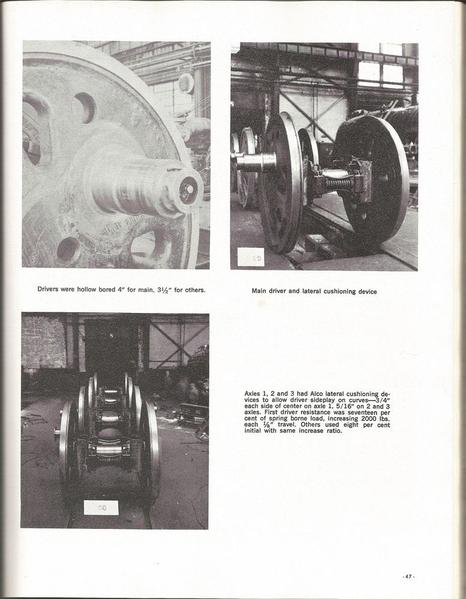I think I understand the "theory" of lateral motion devices on locomotives, steam or otherwise. They permit just a bit of controlled sideways (lateral) movement of (usually) the front or sometimes the rear axle on a long set of drivers, so that it could better fit in a curve.
How exactly, did they work/:
- If I am reading wikipedia and various books I have correctly, I understand that some types consisted of bearings and driving rods that permitted the driver axle to shift sideways back and forth by, say, 5/8 inch, with springs that kept the axle "centered" when on the straight, and that was pretty much that.
- Were there any systems in which the front pilot truck/bogie was connected by levers or some mechanism to the latera lmotion device on the front driver axle so as it (the pilot truck) turned into a curve, its turning would also adjustthe front drive axle a bit sideways in smooth anticipation of the curve? If I am reading things correctly, something like this might have been done on ATSF's first 2-10-4?
Thanks in advance if anyone can answer this.






